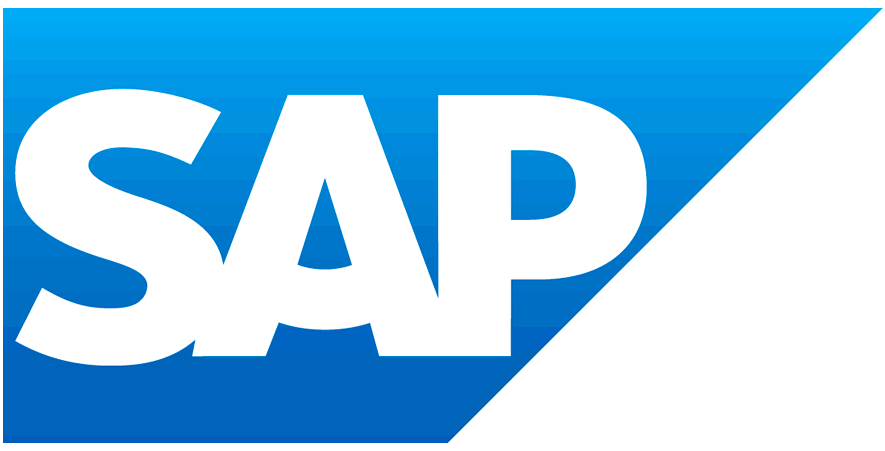Implement Your Carbon Management Strategy With SAP Sustainability Solutions
By Gunther Rothermel
A company with a sustainability strategy that lacks a sustainability management system is akin to a rowing boat attempting to travel upriver without a paddle. Without the right data, tools, and a structured approach to environmental, social, and economic decision-making, the company risks being carried downstream.
There are two major drivers behind the need for companies to implement a robust sustainability management system. The first is the need to future proof their business to ensure a resilient value chain and secure a competitive advantage over their peers.
The second is to transition from voluntary to regulatory reporting and comply with the torrent of new regulations. Regulations like the Corporate Sustainability Reporting Directive (CSRD) or standards like IFRS require companies to report on, and respond to, a wide variety of environmental and social sustainability topics. Some sources say there are more than 600 regulations, sustainability reporting standards, and frameworks around the world, with more coming down the pipeline every year.
What Is a Sustainability Management System?
A sustainability management system allows companies to calculate and track metrics and targets and disclose their risk management, strategy, and governance policies. It is also a valuable tool for providing a robust and holistic view for sustainability decision-making. With carbon emissions data a central element to any sustainability strategy, SAP has created a suite of cloud-based solutions to enable companies to both respond to regulation and advance their own ambitions.
SAP’s End-to-End Approach to Carbon Management
So how does SAP provide a sustainability management system to tackle the carbon topic and its drivers end-to-end? We can enable customers to implement five key principles with the help of our modular and integrated family of sustainability software-as-a-service (SaaS) solutions.
1. Use a Reliable Foundation and Reuse Your ERP Data
SAP embraces an ERP-centric approach, using integrated sustainability data from cloud ERP business processes supported by AI technology. We can bring together different types of business data and levels of data granularity, as required, to enable the transition from voluntary to regulated carbon management. It is a flexible but robust approach with high data quality and reliability at its core.
2. Get a Complete View for Regulatory Reporting with Reasonable Effort
SAP Sustainability Control Tower can provide an easy-to-use data collection system that helps enable a holistic and complete calculation of the carbon footprint at the corporate level. As of now, customers can also generate an automated environmental, social, and governance (ESG) report based on AI and natively available ESG data.
3. Go Deep Where It Matters Most
For a deeper perspective that is informed by the corporate overview, customers can use the integration with SAP Sustainability Footprint Management to help enable additional automated and in-depth calculations. Emissions can be tracked at the company, operational, and product level. The ERP-centric approach uses transaction data directly from SAP S/4HANA Cloud to help calculate a consistent carbon footprint at the corporate and product level on one data foundation. AI comes into play when emission factors from standard databases are needed. With the intelligent mapping feature, customers can leverage AI to help automatically provide mapping suggestions. This feature can save significant time by replacing a tedious and manual process while being robust enough to help inform final decision-making.
WITTE Automotive, a customer already using SAP Sustainability Footprint Management as well as SAP Sustainability Data Exchange said:
“By leveraging SAP Sustainability solutions, WITTE AUTOMOTIVE is now able to calculate carbon footprints of the product portfolio in compliance with the Catena-X Rulebook and share it in a standardized way.”
– Michael Tworek, Head of Digital Innovations, WITTE Automotive GmbH.
4. Exchange Actuals with Your Suppliers and Customers
SAP Sustainability Data Exchange helps handle the exchange of relevant data across the supply chain. Customers like WITTE Automotive can therefore request missing data and exchange sustainability data such as the carbon footprint of products with their network. The usage of WBCSD PACT and Catena-X standards in the product can enable consistent and open communication and processing of data.
5. Drive Transformation in Operational Business Processes and Transition to Carbon Accounting in the Financial Sense
The flexibility of SAP Sustainability and the ERP-centric approach means it can meet corporate requirements providing the granularity, accuracy, and auditability needed. Calculated product carbon footprints can be used for financial decision-making thanks to its integration with SAP Green Ledger, which can enable companies to determine carbon emissions versus profitability. All this is done using the same rigorous accounting principles and practices that are used in finance. It can provide a trusted data foundation that can go beyond compliance and help improve business performance management through the integration of trusted carbon data into business processes that matter.
Product carbon footprints can also be integrated into SAP Spend Control Tower, for example. With Scope 3 emissions being the largest proportion of carbon emissions for most businesses, procurement processes become a key lever in decarbonization efforts. The integrated solution can help to analyze and manage the carbon impact of a company’s spend to identify emission hot spots to inform a data-driven Scope 3 decarbonization strategy.
Are You Ready to Adopt a Carbon Management System?
Wherever a company is on their sustainability journey, SAP’s end-to-end carbon management solutions can allow it to go all in on sustainability and build resilient, future-proof operations. This allows them to streamline reporting and meet compliance requirements while benefiting the environment and their bottom line.
SAP Sustainability solutions can do more for you beyond carbon management and ESG-related disclosures. Check out our sustainability page to learn more about the support for operational compliance and material transition.
Gunther Rothermel is chief product officer and co-GM for SAP Sustainability.




